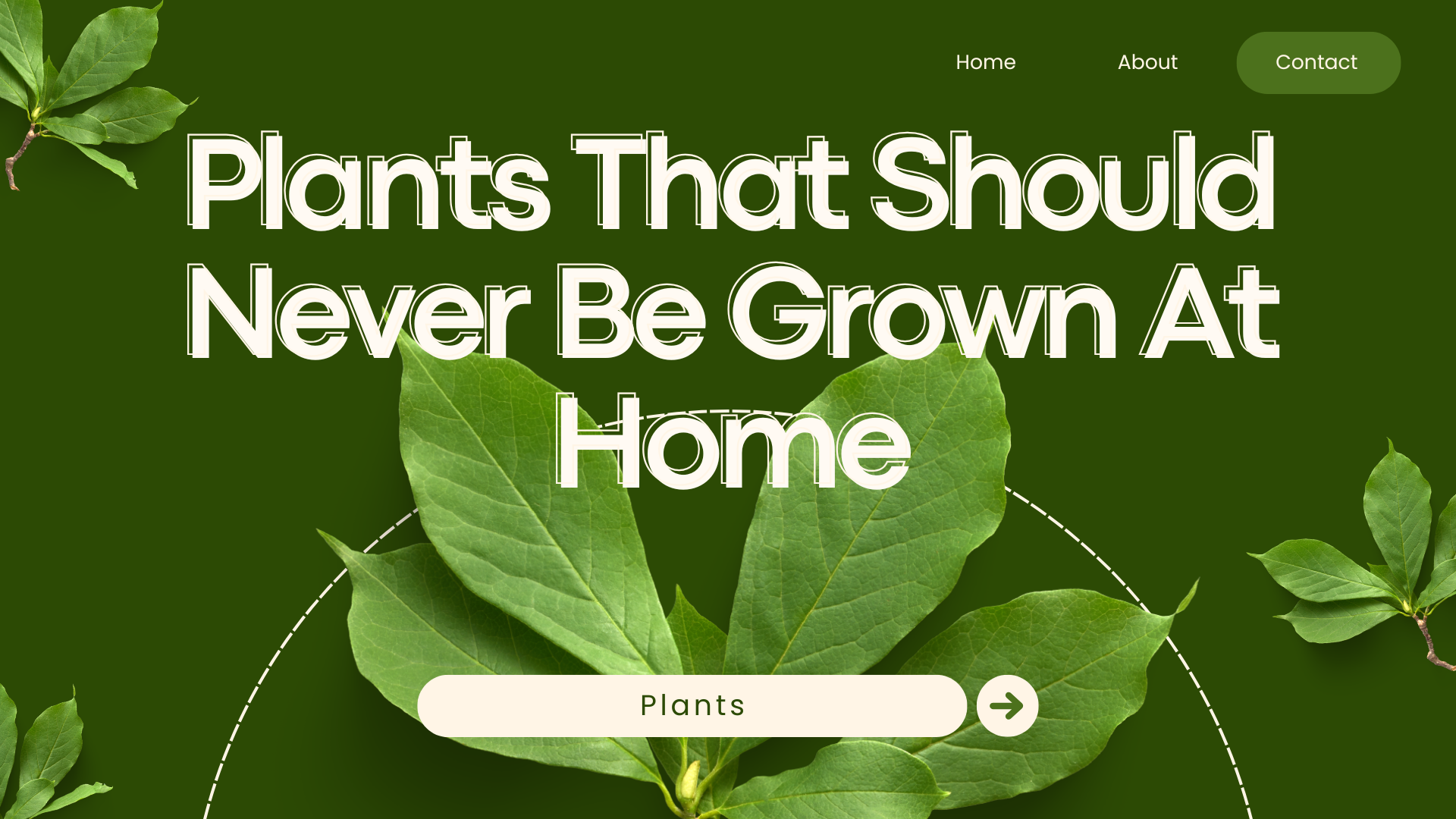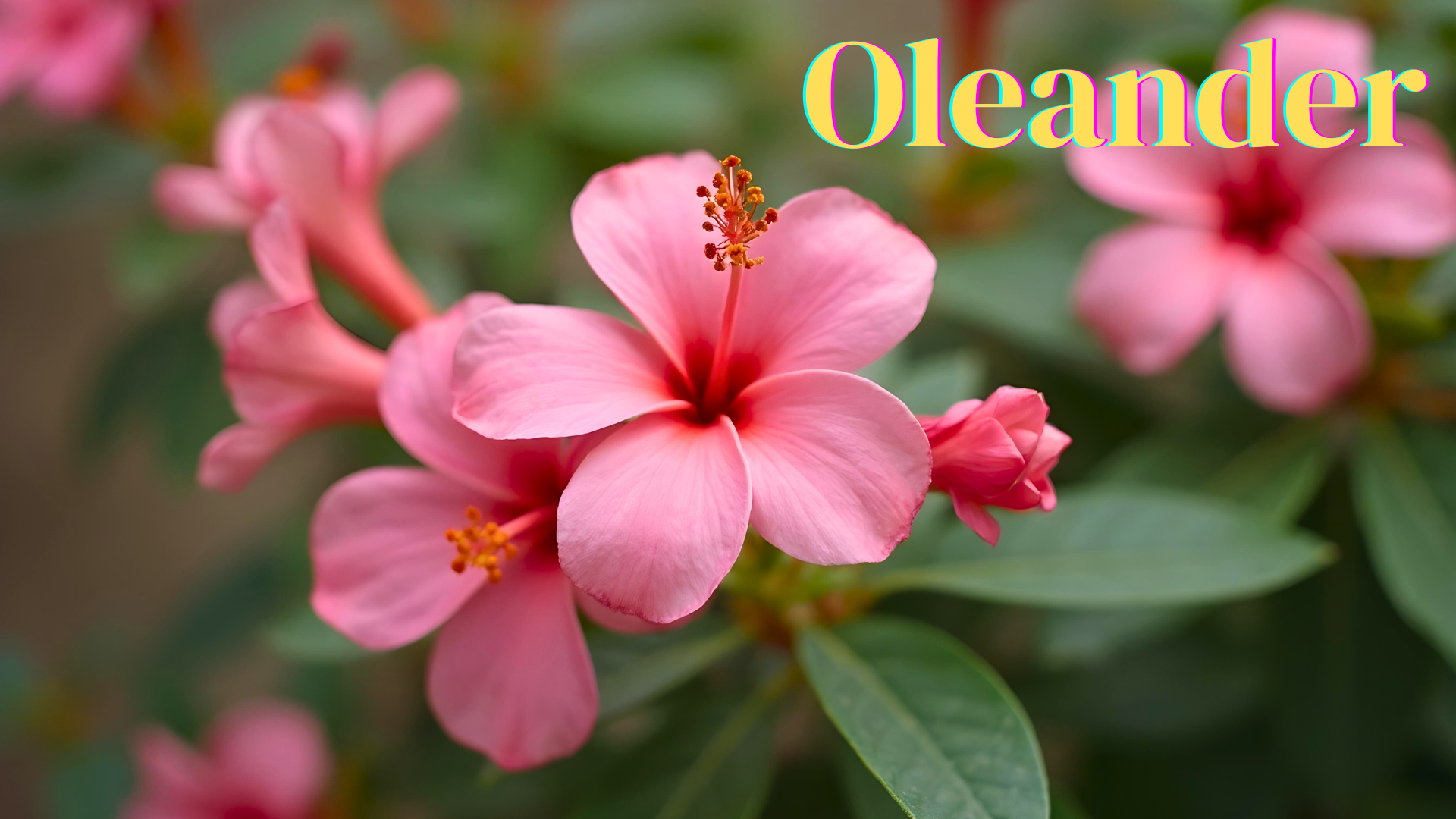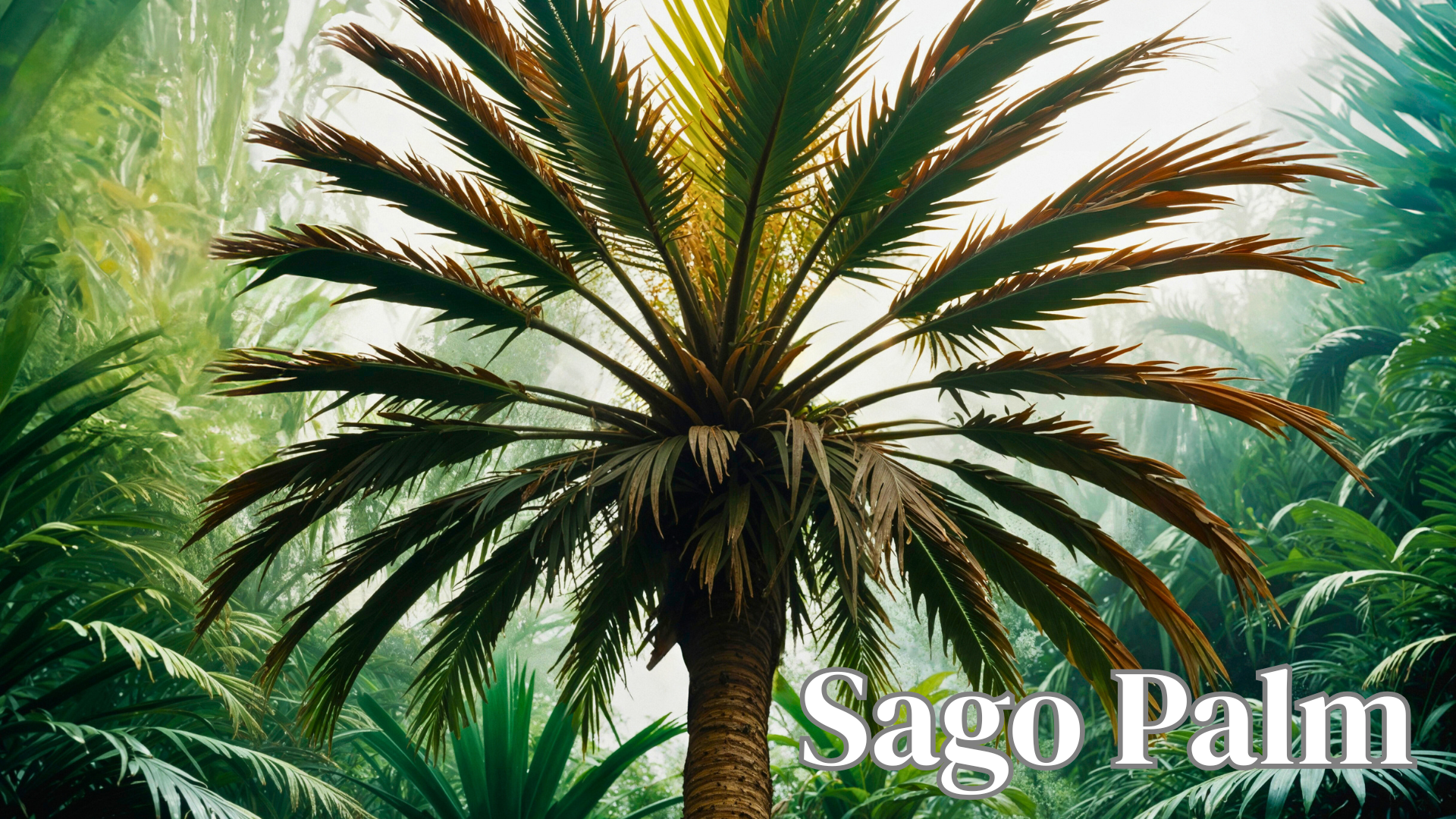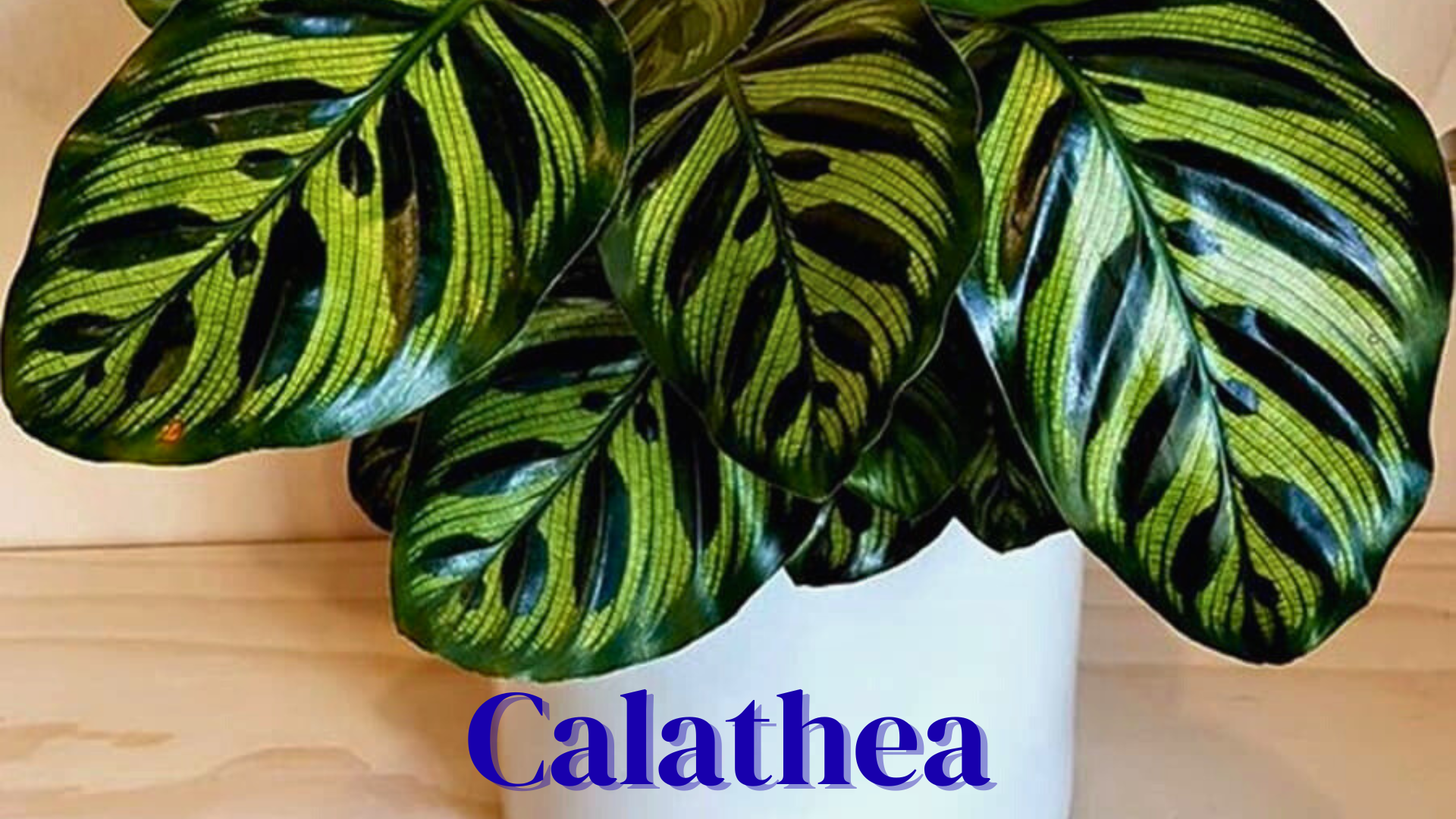How Can You Identify Plants That Should Never Be Grown At Home?
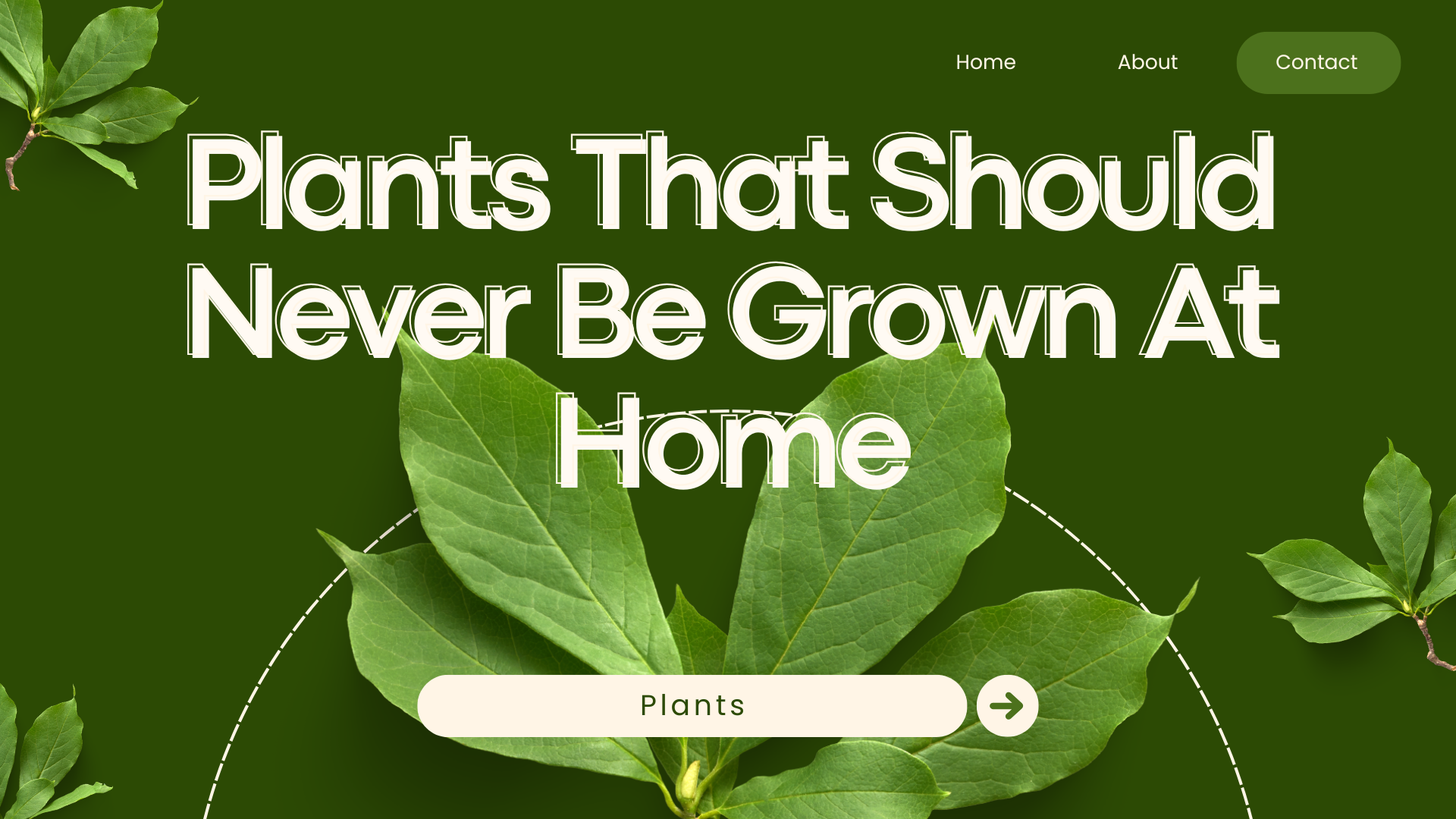
Have you ever wondered if some of your beautiful houseplants might actually be dangerous? Most of us choose plants based on looks, fragrance, or ease of care, but what if some of them posed health risks to you, your children, or your pets?
This article answers a vital question: How can you identify plants that should never be grown at house? We'll highlight common toxic, invasive, and allergenic plants to avoid, and provide quick ways to spot them so you can enjoy your greenery with peace of mind.
What Are Plants That Should Never Be Grown at House
Certain plants that should never be grown at home can pose risks when grown indoors due to their toxicity, allergenic properties, or invasive growth habits. Here’s a rundown of plants to avoid:
Reasons to Avoid Certain Plants
1. Toxicity: Some plants are toxic to humans and pets if touched or ingested.
2. Allergies: Certain plants can trigger allergies or respiratory issues.
3. Invasiveness: Some plants grow invasively and may damage other plants or structures.
Why Do Some Plants Pose A Risk Indoors?
Many plants produce toxins or allergens as a defense mechanism. When these plants are brought into enclosed environments, their effects can be amplified. Some may release airborne irritants, while others shed parts (like berries or sap) that can be easily accessed by pets and small children.
In some cultural or spiritual settings, plants are used in rituals or offerings especially during events like an online puja so it's essential to ensure these plants are non-toxic and safe to handle indoors.
Key Risks Include:
-
Toxicity: Symptoms can include nausea, vomiting, organ failure, or even death.
-
Respiratory Issues: Triggered by spores, sap, or pollen.
-
Skin Irritation: Occurs through direct contact.
-
Invasiveness: Some plants may spread aggressively when grown outdoors.
Top 7 Plants You Should Never Grow at Home
1. Oleander (Nerium oleander)
-
Toxic Parts: All parts of the plant, including the lush green leaves, vibrant flowers, and the milky sap.
-
Risk: This ornamental variety is incredibly toxic if ingested, with even a minuscule amount potentially leading to severe health consequences.
-
Common Symptoms: Symptoms can include violent vomiting, a dangerous slowdown of the heart rate, and in extreme cases, death.
-
Why Avoid: The risk it poses to curious children and pets is substantial, making it best to steer clear of this beautiful yet deadly plant.
2. Dieffenbachia (Dumb Cane)
-
Toxic Parts: The lush leaves and thick stems.
-
Risk: Chewing on the plant can result in painful mouth swelling, intense throat irritation, and difficulty breathing.
-
Why Avoid: While it often finds a comfortable place in homes for its striking foliage, its toxicity can surprise many unwary owners.
3. Sago Palm (Cycas revoluta)
-
Toxic Parts: The seeds, often mistaken for nuts, and the fronds.
-
Risk: This plant can lead to catastrophic liver failure in pets, particularly dogs, if consumed.
-
Why Avoid: Despite its tropical allure and popularity in garden centers, its highly toxic nature makes it a perilous choice for pet owners.
4. Castor Bean Plant (Ricinus communis)
-
Toxic Parts: The seeds, which harbor the notorious toxin ricin.
-
Risk: Even consuming just one or two of these beans can be fatal, making this plant incredibly dangerous.
-
Why Avoid: Its attractive appearance may invite admiration, but its lethal potential is not to be underestimated.
5. English Ivy (Hedera helix)
-
Toxic Parts: The glossy leaves and small, dark berries.
-
Risk: This climbing vine can cause skin irritation, digestive discomfort, and various allergic reactions in sensitive individuals.
-
Why Avoid: While it can add a charming touch to gardens and walls, its invasive nature and potential for allergic reactions warrant caution.
How to Identify Dangerous Houseplants at Home
Here’s a checklist to help you spot potentially harmful plants:
- Look up the scientific names of your plants (common names can vary).
- Check toxicity databases, like the ASPCA or Poison Control.
- Inspect plant labels when purchasing new ones.
- Ask about pet-safe varieties if you have animals.
Watch for symptoms: unexplained illness in pets or children may be plant-related. You can also have (Holy Basil) tulsi plant at home since it brings positivity as well as wellness in your house.
Safe Alternatives to Risky Houseplants
Instead of high-risk plants, consider these non-toxic alternatives:
- Spider Plant (Chlorophytum comosum)
- Areca Palm (Dypsis lutescens)
- Calathea
- Prayer Plant (Maranta leuconeura)
- Boston Fern (Nephrolepis exaltata)
These plants are easy to care for and add beauty without health concerns.
Summary
Many people unknowingly keep plants that should never be grown at home such as toxic, allergenic, or invasive. Key offenders include Oleander, Dieffenbachia, Sago Palm, and Castor Bean Plant. Always research before bringing new plants indoors, especially if you have pets or children.
Frequently Asked Questions
Q: What is the most toxic houseplant?
A: Oleander is among the most toxic, with even a small amount being potentially fatal.
Q: Are all lilies toxic to cats?
A: Yes, most true lilies (e.g., Easter, Tiger, Day lilies) are extremely toxic to cats.
Q: How can I tell if my plant is safe for pets?
A: Check the ASPCA Plant Database or consult your veterinarian.
Q: Can I keep toxic plants if I don’t have pets or children?
A: Technically, yes, but there’s still a risk of accidental ingestion or mishandling.
Q: Are there apps to identify toxic plants?
A: Yes, apps like PlantNet, PictureThis, and Seek by iNaturalist can help identify plants and check their safety.
- Art
- Causes
- Crafts
- Dance
- Drinks
- Film
- Fitness
- Food
- Jogos
- Gardening
- Health
- Início
- Literature
- Music
- Networking
- Outro
- Party
- Religion
- Shopping
- Sports
- Theater
- Wellness



